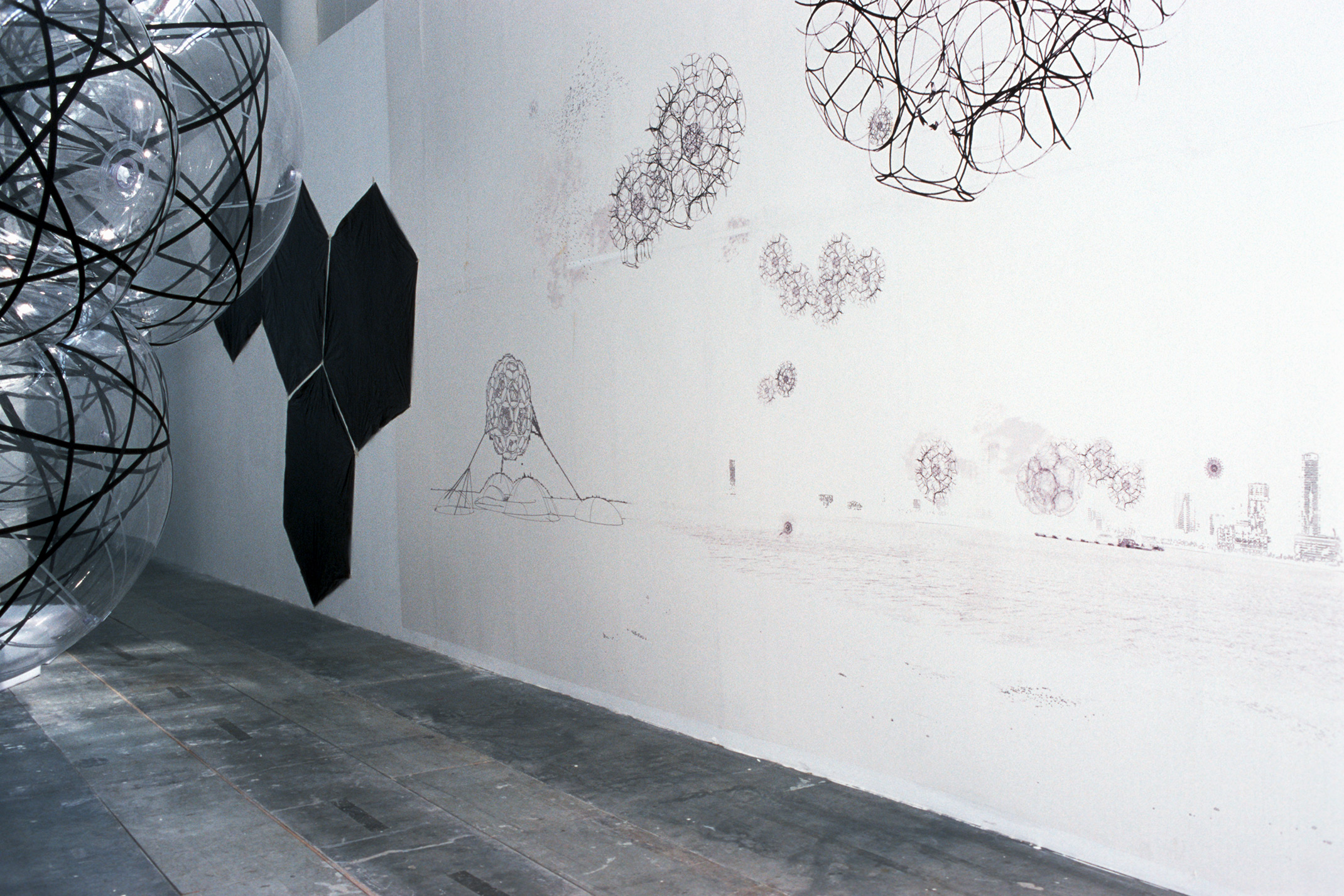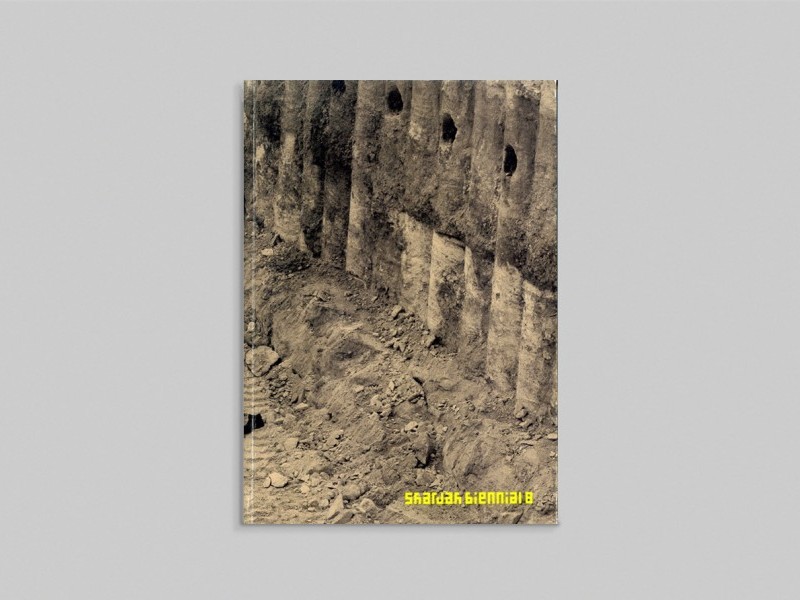
Air-Port-City, 2007
Tomas Saraceno
Air-Port-City, 2007
multi media installation
Installation view
search


Tomas Saraceno
Air-Port-City, 2007
multi media installation
Installation view
Following in the tradition of Buckminster Fuller, Tomas Saraceno’s installation, sculpture, photography and video work challenge the conventional restrictions on the human habitat, and suggest new ways of perceiving nature. The possibility of moving cities from the earth’s surface into the air is a central theme in his practice, and his futuristic urban models of floating metropolises are not just fantasy – Saraceno is working towards realizing them as a practical solution. In depicting these flying communities he points out the narrowness of traditional land-bound perspectives and creates, in Fuller’s words a, "great and anticipatory vision of the future."
Saraceno’s ongoing research concentrates on the project "Air-Port-City", which the artist has been conducting for some years now. Starting with the open patent application of the innovative material Aero gel, used for the construction of lighter-than-air vehicles, Saraceno is working on the possibility of building residential structures and urban settlements in the sky that exploit natural energies.
Moving like clouds, these habitations and flying gardens redefine geographical and political boundaries, generating human and political communities in continuous transformation. These Air-Port-Cities would be freely constituted in compliance with international laws, challenging the political, social, cultural and military restrictions presently in effect around the world. Toward the realization of this vision, Saraceno is conducting research and experimentation to investigate the possibilities of this future reality. One such experiment, confirmed by the Buckminster Fuller Virtual Institute, is the first solar-energy geodesic balloon ever built, utilizing trash bags ('59 steps to be on air - by sun power') and including instructions for do-it-yourself construction of a solar energy balloon.
As envisioned in his panoramic video installation of floating clouds recently commissioned by the Barbican, that was filmed on the surface of the world’s largest salt lake, Salar de Uyuni in Bolivia, Saraceno’s recent prototype of a molecular structure of air-filled pockets – step one of an experimental work-in-progress – aims to breach the limits of the horizon between sea-level and the sky. The structure would float on the water, lifted by solar energy and moved by its inhabitants. Operating on a functional as well as on a metaphorical level, like most of Saraceno’s realized projects to date – e.g. the large-scale inflatable three-story balloon for the 2006 Sao Paulo Biennial – the possibility of navigating in such a scenario is based on people’s ability to pay attention to and be responsible for their fellow inhabitants.
This project was part of Sharjah Biennial 8.

This catalogue accompanied Sharjah Biennial 8, which attempted to renegotiate the relationship between art and ecology into a system of cohabitation.

The second book in the Still Life: Art, Ecology and the Politics of Change series, documents Sharjah Biennial 8 as it was on view.